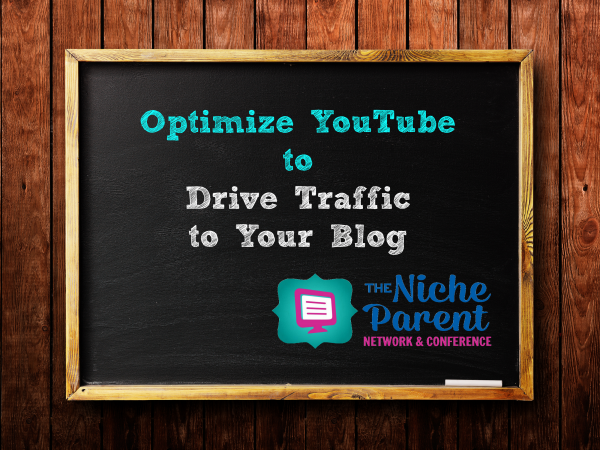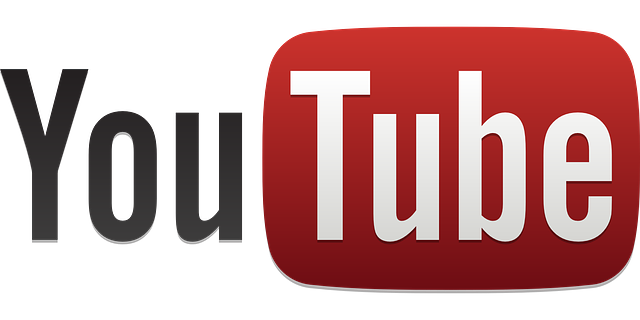YouTube, after Google, is the world’s second largest search engine. Creating and posting videos to YouTube can be an effective strategy to establish your authority on a topic. When your audience can see and hear you in a video, it is a powerful tool to demonstrate your knowledge and showcase your personality, the heart of your business. Videos are a stimulating, engaging way to demonstrate a product or give your opinion on a controversial topic. Here are some suggestions on ways up optimize YouTube to drive traffic to your blog.
Create a trailer video. A trailer is like the previews (or trailers) that you see before movies. These short videos can introduce you, your brand, or your products. The trailer video should be posted to the top of your YouTube channel layout and pinned in place. Some users create an entirely new video; others create a montage. A montage should contain short clips of your past work that gives an audience on idea of who you are. Always add a call to action at the end of your video to remind viewers to visit your blog, subscribe to your channel or watch another video you created.
Link to your blog post in the YouTube video description. Use all the real estate YouTube gives you to provide blog post and social media links in the descriptions below your video.
Add annotations to your videos. Annotations are “pop-up” words, links or speech bubbles in your YouTube video. Use an annotation to create a clickable link within the video to direct a viewer to watch one of your related videos. The more relevant content you create, the better your chances that the viewer will think of you as an expert and visit your site.
Create YouTube playlists. YouTube video can be added to playlists, just like lists of your favorite songs on iTunes. According to your area of interest and your audiences’, you can add series of recipes, toy product reviews, etc. Add your playlists to a blog post or page using a plugin like Tubepress to create a video gallery.
Set up default settings for SEO tags and video descriptions.
You can drive traffic to your YouTube video by tagging it with the proper search terms and having an SEO-optimized description. Save yourself time when you upload a new video with default or automatic tags and descriptions. Use tags in your niche and tags that are related to your geographical location (ex. Florida Food Blogger). You can find this setting in your YouTube dashboard under channel settings. Click defaults. You can add terms, descriptions and links to your social media profiles that will be included every time you upload a new YouTube video.
Ask for subscribers. One of the best calls to action for a YouTube video is to ask viewers to subscribe to your channel. They’ll get an email alert when you add new content, giving them a reason to return.
Update your header image. As of May 2014, 2560 x 1440 pixels is the ideal size for a header on a YouTube channel. Whether you design the header image yourself or hire someone, be sure to have a relevant image, your blog URL and other social media profiles listed.
Ask YouTube. Visit the YouTube Creator Hub for advice from the experts on creating a channel and interactive content.
Comment below: How often do you create new YouTube content? Do you link your videos together with annotations or playlists?












No Comments